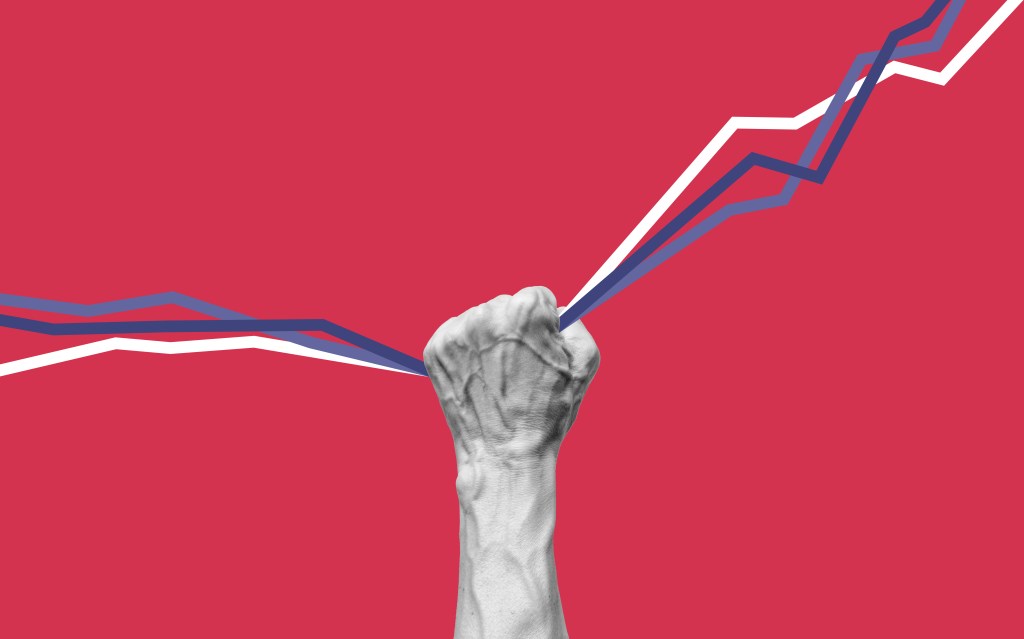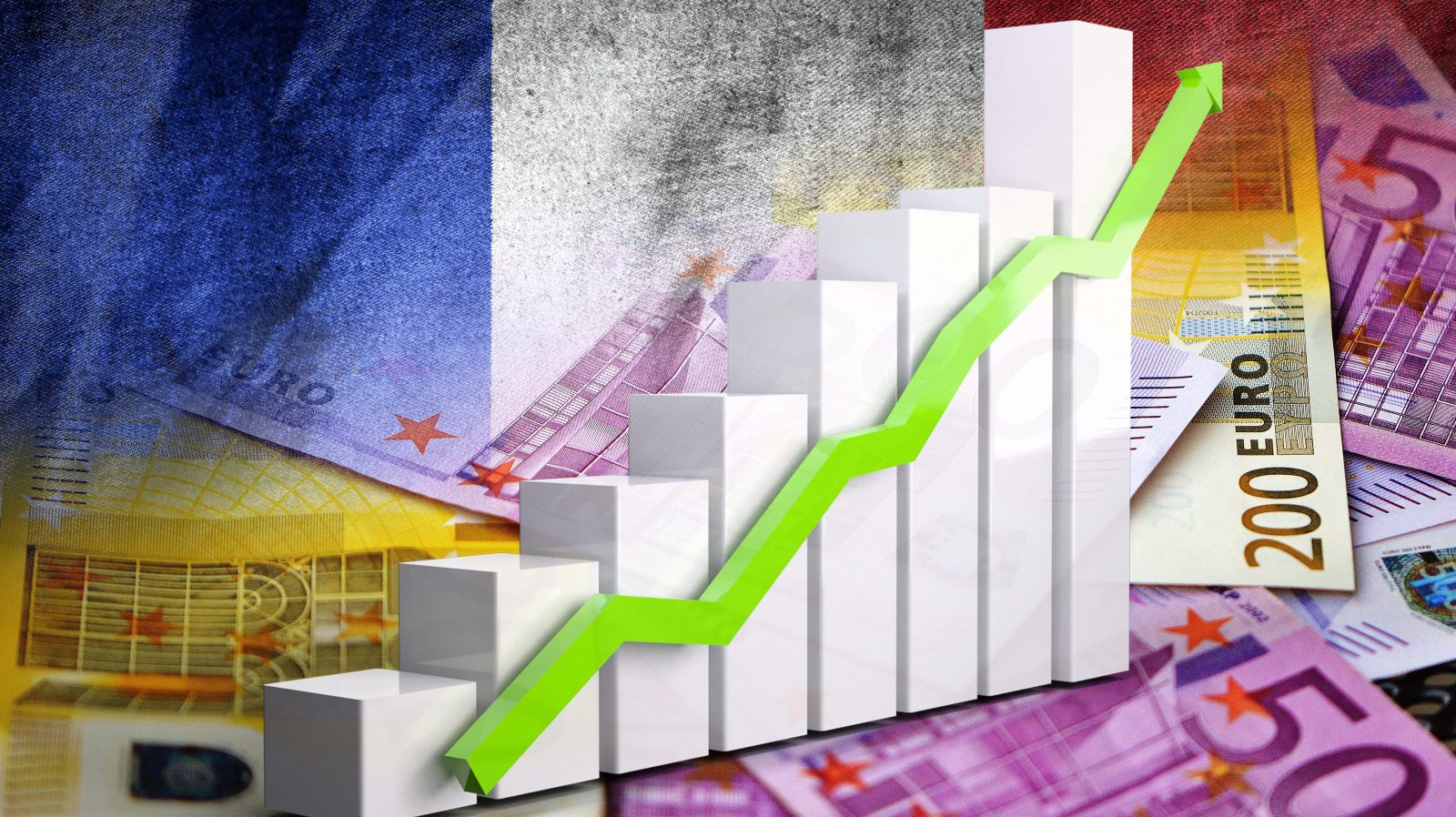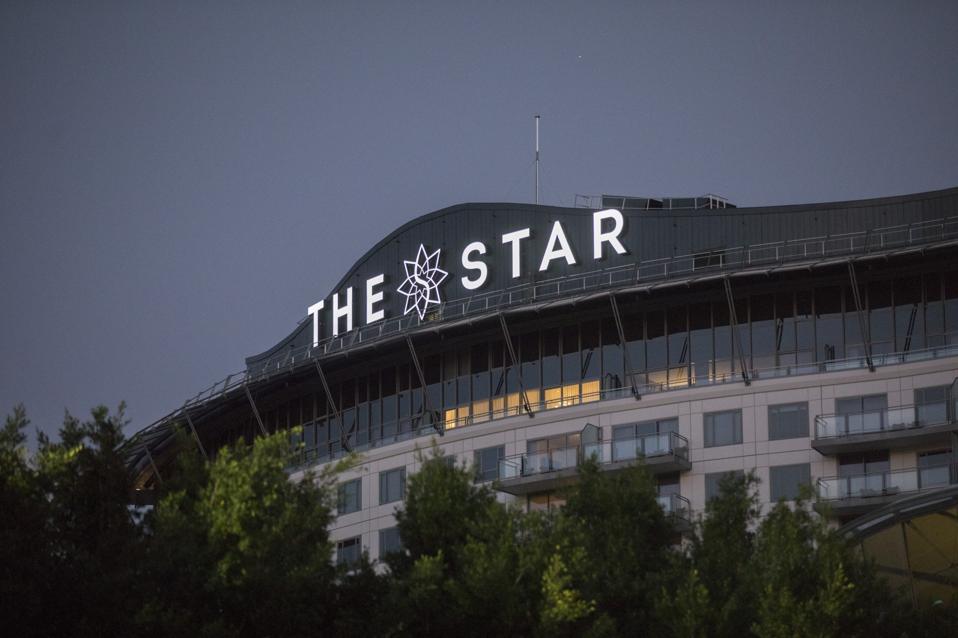The world’s largest asset manager, BlackRock, has predicted the US economy is set for “full-employment stagnation”, which is different to the job-less recessions and recoveries we’ve seen in the past, it claims.

Analysts at BlackRock wrote in an August 14 blog post that while many outcomes are possible, the current mismatched environment and demographic shocks seem to be leading to this scenario.
“We had expected a mild recession ahead as the Fed’s rate hikes weighed on the economy,” they wrote. “But with growth up to now weaker than we thought, some of that effect seems to have already occurred. Our base case is that the economy broadly flatlines for another year as the full impact of high-interest rates comes through and consumers exhaust their pandemic savings.”
If this is correct, the US economy will have flatlined for two-and-a-half years in total, which makes it the weakest period in the post-war era, outside of the 2008 Global Financial Crisis.
But while the economy has flat-lined, or stagnated, the US is still facing labour shortages, the analysts write. That’s partly due to the aging population, which is seeing the boomer generation age into retirement and out of the workforce (and the fact that the US experienced a rise in early retirement due to the pandemic). BlackRock also estimates the US population is 4 million workers short of what it would have been if it had kept growing at its pre-COVID pace.
Related
And even though the US is adding more jobs – 1.6 million in the year to May’s end alone – the analysts say this largely reflects “climbing out of the pandemic employment hole and the almost overnight loss of 15 million jobs”.
All to say, we’re headed for full-employment stagnation.
What is full-employment stagnation?
While ‘stagnation’ is a more positive outlook than a full-blown recession, it means that labour shortages will start to bind, causing inflation to increase again in 2024 against a backdrop of weak growth.
“This illustrates that the economy is undergoing a big structural shift and not a classic business cycle,” the analysts write.
That structural shift may see the distribution of income generated in the economy shift: more scarce labour means more bargaining power for employees, which means more money in employees’ pockets and a smaller share for companies. In turn, the squeeze on company profits may lead to lower investment, which could also impact inflation.
It’s an unusual situation, and not a good one, according to the BlackRock analysts.
This is because, in a regular recession where unemployment is high and inflation is low, the Federal Reserve can ease monetary policy, or lower interest rates, which generally leads to more jobs, and inflation picks back up again.
The problem now is, the economy is slowing, but unemployment is also low. This means the Federal Reserve needs to continue to increase interest rates to slow “sticky” inflation, but it also needs to ensure employment doesn’t fall.
“Our bottom line: this is not a business cycle. We are in the midst of a structural shift. Monetary policy cannot rescue the economy from weakness. The Fed will need to make sure the U.S. economy is not growing more quickly than what it can now maintain without inflation surging.”
But Economist Shane Oliver says this scenario is actually a version of a soft landing, which would be a good thing.
“There are so many variations of the outlook at present: recession, slowdown, soft landing, Goldilocks and so on. They’re all just a matter of degree. It would be nice to see a [full employment] scenario, because if you still have full employment, people keep their jobs. The question is whether that’s actually too good to be true,” he says.
Oliver says it would be unusual to see this scenario, but not impossible. It just depends on whether the central banks can fine tune the economy, but the risk is that things get worse. This is true in Australia, as well.
“Both the federal government and the Reserve Bank forecast unemployment to rise to about 4.5% next year. That’s a little bit higher than what is commonly referred to as full employment. So, even here, though neither of them are forecasting a traditional recession, they are forecasting a rise in unemployment.”
Look back on the week that was with hand-picked articles from Australia and around the world. Sign up to the Forbes Australia newsletter here or become a member here.



